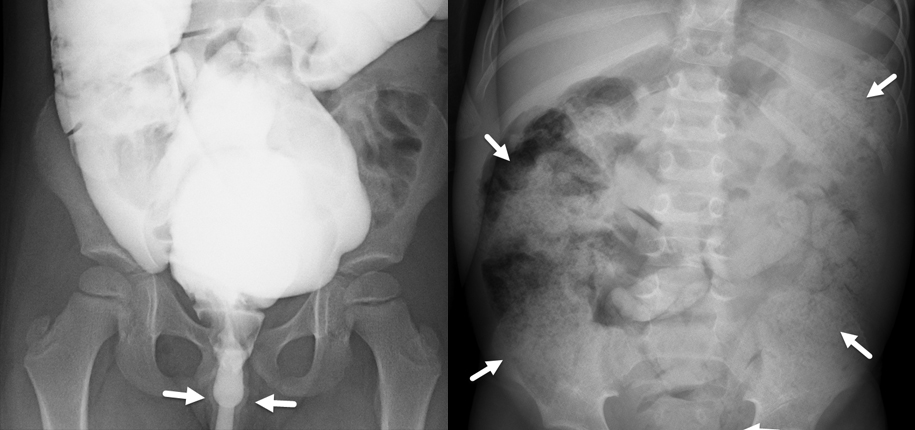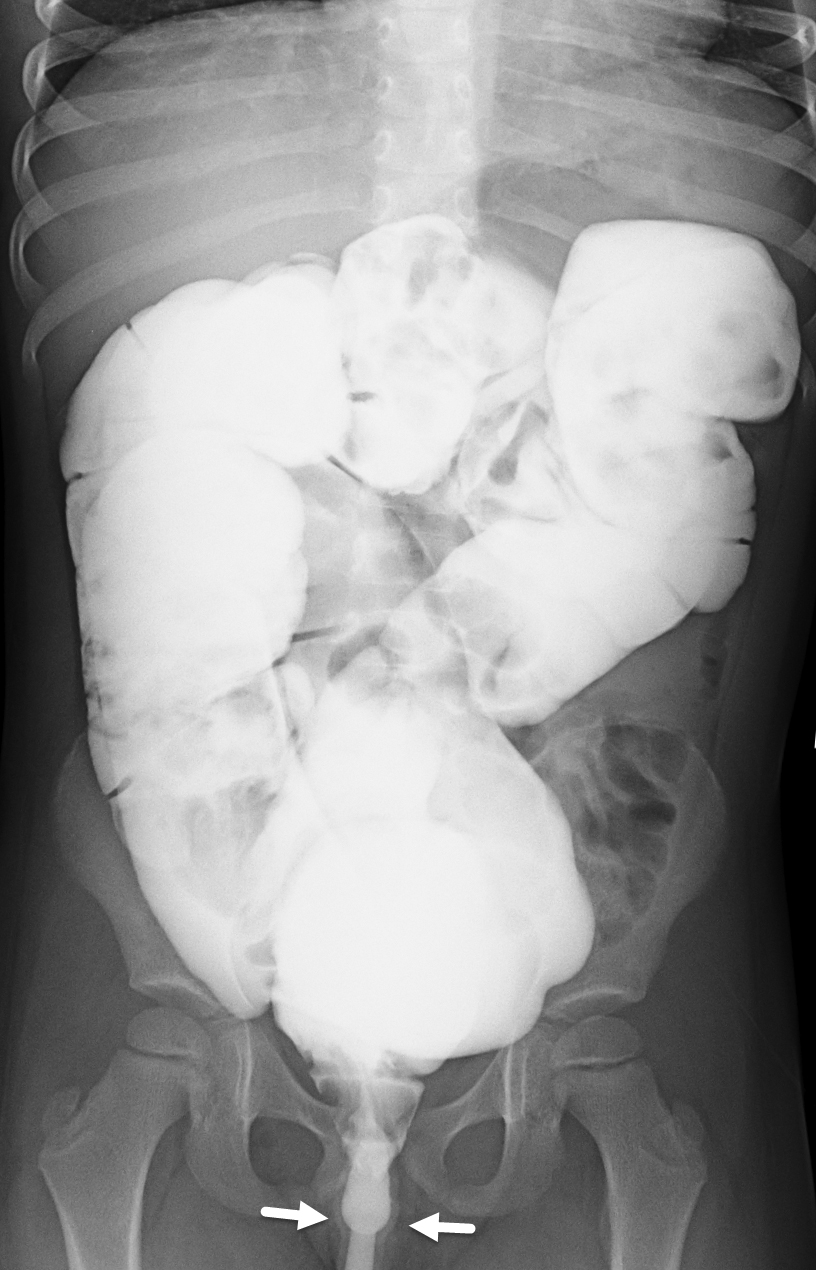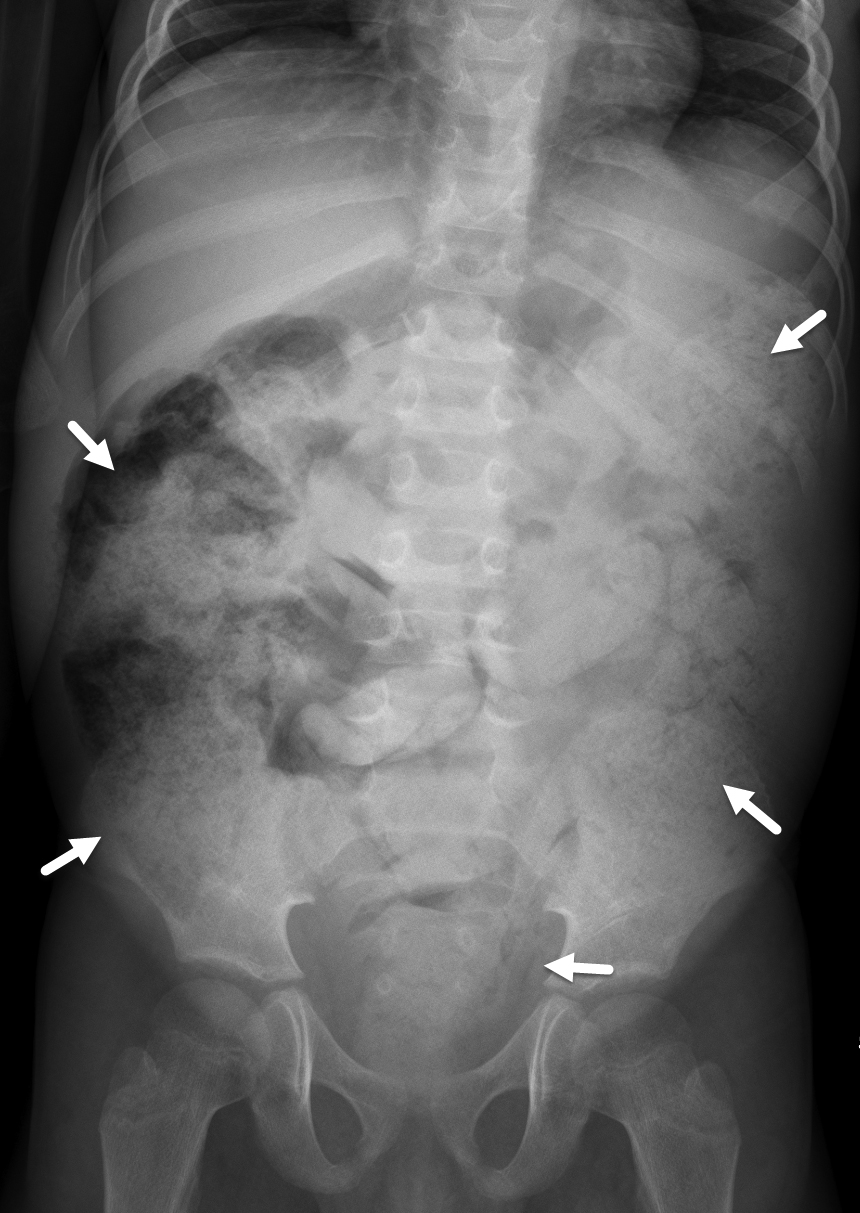
Many patients come to Cincinnati Children’s to see the specialist at the Colorectal Center for Chronic Constipation. Part of their evaluation is to have a diagnostic contrast enema. Questions I often receive include, “How does this enema differ from the ones we do at home?” as well as, “Why do we need it?” and “Will it hurt?”
First, the contrast enema performed at home is specifically used to help relieve constipation. Constipation involves the accumulation of stool within the colon (large intestine). Constipation can be very uncomfortable or even painful for children. Once the enema is given, the hope is that it will help evacuate the large amount of stool within the colon. Once this happens, the child will begin to feel better.

The contrast enema performed at Cincinnati Children’s is used to evaluate the appearance of the entire colon. Those with chronic constipation may have structural abnormalities with their colon that contributes to the constipation. The enema will assess the length, the course and the caliber of the colon. The enema is performed by placing a small rectal tube into the anus and contrast flows into the colon by the attached plastic tubing. Once the whole colon is filled with contrast, the radiologist takes pictures of the entire colon. With the help of the x-ray technologist and the child life specialist, this process is usually quick and discomfort is kept to a minimum.
The contrast enema has a second purpose. Once the colon is filled with contrast and the pictures are obtained, the patient is given roughly thirty minutes to evacuate the contrast and stool in the bathroom, diaper or pullup. Once they are finished, an x-ray of the abdomen is obtained to assess the remaining amount of contrast and stool in the colon. This will give doctors in the colorectal center an idea of how much stool a child can hold and how much they are able to put out.

An added benefit of the contrast enema is that the contrast will help the child to have an increasing number of bowel movements over the next 24 hours after the enema. This will result in a good “clean out’ of the colon and improved patient comfort.
I hope that answering these questions will help to alleviate any apprehension that children and their parents may have prior to the contrast enema. If there are any further questions, please do not hesitate to contact any member of the Radiology Department prior to your appointment.

Dr. Michael Nasser author; Emily Harness, US-SpecTech, editor; Meredith Towbin, copyeditor